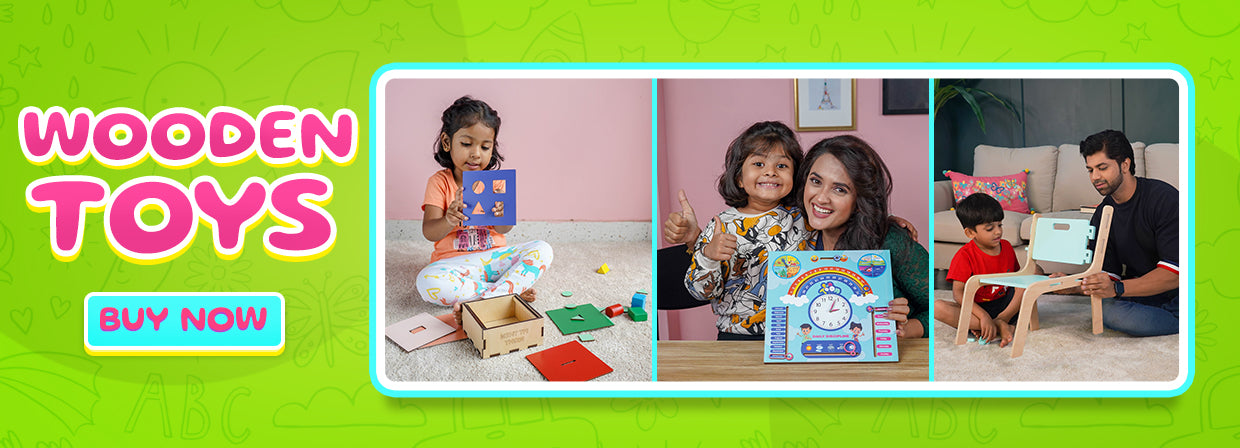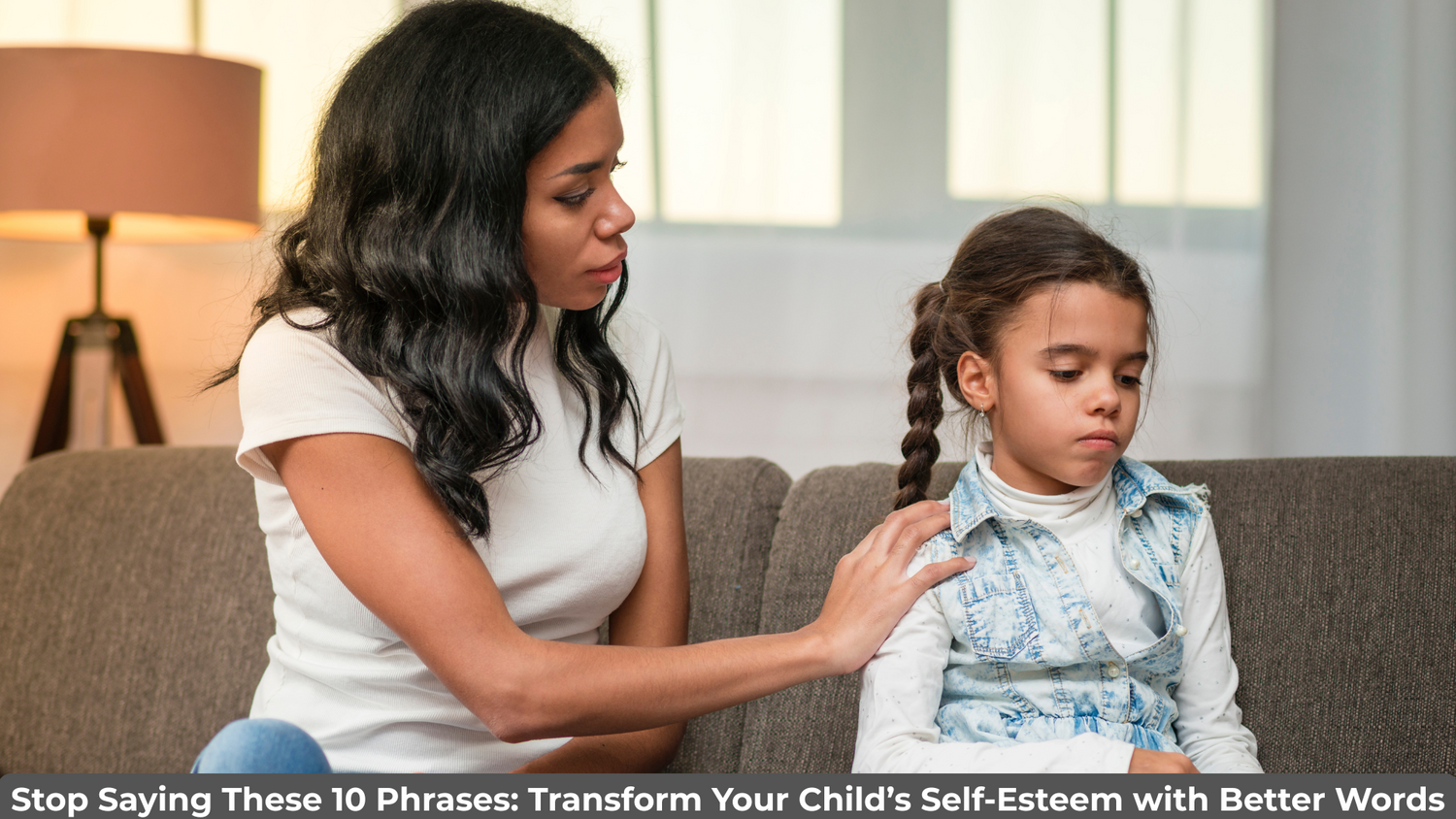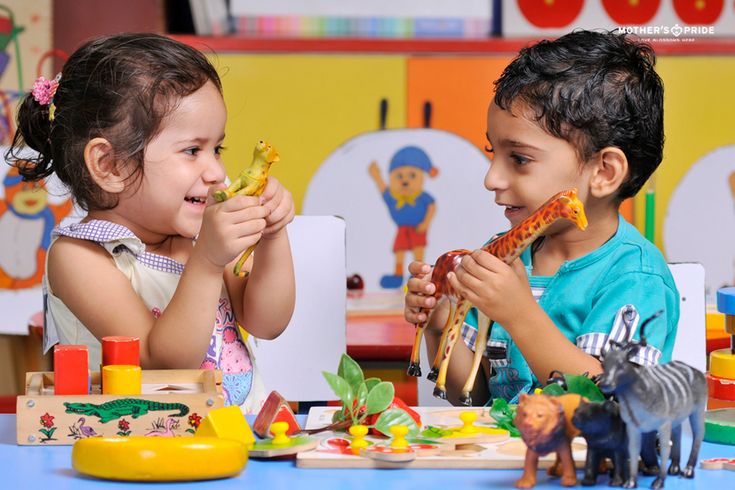If you’ve ever found yourself in the middle of a grocery store with a toddler who’s suddenly sprawled on the floor, kicking and screaming, then you’re not alone. Toddler tantrums and big emotions can make parents feel helpless, frustrated, and exhausted. But the good news? These intense emotions are a normal part of your child’s development.
Why Toddlers Have Tantrums: Understanding the "Why"
Before we dive into strategies, it’s important to understand why toddlers have tantrums. Tantrums aren’t random—they’re your toddler’s way of expressing frustration, fear, hunger, tiredness, or an unmet need when they don't have the words to explain. Their brains are still developing, particularly the part that regulates emotions and impulse control.
Did you know that the prefrontal cortex, which helps manage emotions, isn’t fully developed until adulthood? This is why toddlers are more likely to express themselves with tears and screams rather than with words. Once you understand this, it's easier to respond with patience and empathy.
Strategies for Managing Toddler Tantrums with Patience
1. Stay Calm and Breathe
Easier said than done, right? But toddlers often mirror our emotions. If you stay calm, you model emotional control for them. Take a few deep breaths before responding. If you’re overwhelmed, remind yourself: this moment will pass.
Try this: When you feel the tension rise, silently count to five before reacting. This gives you a moment to think clearly.
2. Acknowledge Their Feelings
Your child may not have the words, but they need to know their emotions are valid. Kneel down to their eye level, gently hold their hands, and say something like, "I see you’re upset because you can’t have the toy. That must be frustrating." Acknowledging their feelings helps toddlers feel understood, reducing the intensity of their outburst.
3. Offer Simple Choices
Toddlers crave a sense of control. When they feel powerless, tantrums can be their way of asserting themselves. Offering simple choices allows them to feel more in control. For example, if they’re upset about getting dressed, offer two options: “Do you want to wear the red shirt or the blue one?” This strategy distracts them from their frustration and empowers them to make decisions.
4. Create a Calm-Down Corner
Instead of time-outs, try creating a “calm-down corner” filled with comforting objects like soft toys, pillows, or picture books. This helps them learn how to manage their emotions in a peaceful environment. You can even sit with them during this time to teach them that it’s okay to feel upset but that there are ways to calm down.
5. Distract and Redirect
Toddlers have short attention spans, so use this to your advantage! When you sense a tantrum brewing, try distraction. You can offer a new activity, a toy, or even a snack to shift their focus. The trick is to catch the meltdown before it escalates.
6. Set Clear and Consistent Limits
Toddlers need boundaries, even if they push against them. Let them know what behaviours are acceptable and which ones are not. For example, "It’s okay to be upset, but it’s not okay to hit." Consistency is key—if the rule changes, it will confuse them and lead to more meltdowns.
Big Emotions: How to Guide Your Child Through Them
Tantrums are just one piece of the puzzle. As toddlers grow, they also experience big emotions like jealousy, fear, and frustration. Here’s how you can help your child navigate these feelings:
1. Label Their Emotions
Give your toddler the words they need to express themselves. Use simple phrases like, "I can see you’re angry" or "You’re feeling sad because we have to leave the park." By labelling their emotions, you’re helping them build emotional intelligence.
2. Help Them Problem-Solve
Once the tantrum has subsided, use it as a teaching moment. Ask questions like, “What could we do differently next time?” or “How can we solve this problem?” Encouraging problem-solving skills helps them learn to cope with their emotions in a healthy way.
3. Practice Empathy
One of the greatest gifts you can give your toddler is empathy. When they’re feeling overwhelmed, offer comfort. Hugs, reassuring words, and a calm presence can work wonders. Over time, your child will learn that it’s okay to feel strong emotions—and that they’re safe in expressing them with you.
Handling Tantrums in Public: What to Do When Everyone's Watching
We’ve all been there: your child has a meltdown in the middle of a public place, and you feel every eye on you. First things first—don’t panic. Your child’s tantrum isn’t a reflection of your parenting skills.
Here’s what you can do in these high-stress moments:
• Keep Your Cool: Even when you feel embarrassed, try to stay composed.
• Ignore the Stares: Focus on your child, not the judgement of others. Most parents understand what you're going through.
• Use Your Go-To Calming Techniques: A favourite toy, a snack, or a quiet spot to regroup can be lifesaver.
If the tantrum persists, it’s okay to remove your child from the situation to help them calm down in a less stimulating environment.
When to Seek Professional Help
If tantrums are frequent, intense, or last for long periods, it might be worth discussing with a pediatrician. Sometimes underlying issues like developmental delays, sensory processing challenges, or anxiety can lead to more extreme emotional outbursts.
Final Thoughts: Embrace the Journey
Parenting toddlers is no easy feat, but remember, tantrums are temporary. Each meltdown is an opportunity for your child to learn how to handle their emotions better. With patience, empathy, and these simple strategies, you can help your toddler navigate these tricky years and develop essential emotional skills for life.
So next time your little one bursts into tears over the wrong colour cup, take a deep breath, offer a comforting word, and know that you're shaping their emotional future one tantrum at a time.
How do you manage your toddler’s tantrums? Share your experiences in the comments below!









